The new year is likely to be a big year when it comes to the auto industry, especially with a new president coming into office who has signaled plans to scrap EV sales incentives and enact hefty new tariffs on imported auto parts and fully assembled vehicles. We’ve asked the Headlight.News team to think about what stories they expect to dominate the headlines this coming year.
Paul A. Eisenstein:
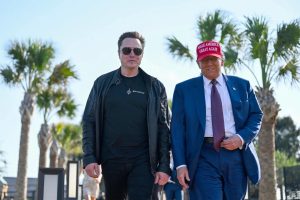
Elon Musk is now one of the most influential figures working with Donald Trump. Will he impact the next president’s EV policies?
Trump turmoil
How much of what President-elect Donald Trump has said in recent months is bluster and how much signals his actual strategy likely won’t become clear until he moves back into the White House – though his transition team has signaled there’ll be a flurry of executive orders flying out of the Oval Office on Day One. Trump is decidedly anti-regulatory and could make significant moves to roll back safety, emissions and mileage mandates. He’s signaled he may again try to strip California’s authority to set standards tougher than federal guidelines, a move blocked by the courts during his original term.
We almost certainly should expect Trump to announce new tariffs covering foreign-made vehicles and automotive parts – though he may back off if foreign-owned automakers announce plans to expand U.S. production. He’s widely expected to eliminate the tax credits that have helped boost EV sales – though some think Trump might prove a bit more EV-friendly than expected thanks to having Tesla CEO Elon Musk serving as a top advisor.
Turning point for EVs – but in which direction?

There’s a flood of new EVs coming to market – including lower-priced models, such as the Chevrolet Equinox EV.
The U.S. EV market boasted enviable growth – sales climbing more than 800% — between 2019 and 2023. Sales grew a much more modest 10% last year as demand by early adopters was largely sated and automakers focused on more mainstream segments. The question is what will happen going forward.
EV proponents can point to the fact that studies find EV owners are loyal to the technology. Manufacturers are flooding the market with new offerings in virtually every product category. That includes more affordable entries with reasonable range, such as the new Chevrolet Equinox EV – Tesla also promising a base model in 2025. And a recent Bloomberg study suggested cheaper batteries will further narrow the cost gap between EVs and gas-powered models. Meanwhile, the public charging infrastructure is rapidly expanding. But then there’s incoming President Donald Trump who is expected to kill federal EV tax credits, eliminate mandates promoting EV sales, and increase tariffs on foreign-made vehicles and batteries. If he follows through on all those threats EV sales could take a marked hit.
Chaos in the C-suite
As 2024 drew to a close, Carlos Tavares tendered his resignation as Stellantis CEO. He lost the confidence of the Euro-American automaker’s board by failing to reverse a sharp decline in sales and earnings, especially in the critical U.S market. While his long-term future was cloudy, his departure with immediate effect” took the board by surprise; a replacement isn’t expected until spring 2025.
With the global auto industry in the midst of turmoil the question is whether we’ll see the scene at Stellantis repeated elsewhere. If anything, industry watchers warn that the jobs of a number of C-suite executives, including some well-known CEOs, are at risk. Among the names being floated are Detroit’s other two chief executives, Ford’s Jim Farley and General Motors’ Mary Barra. Farley has scored some big wins but the last year saw weakened sales and earnings and turmoil in its EV operations. He has yet to get a grip on Ford’s warranty and recall issues and China operations are a mess. Barra did deliver solid earnings in 2024 but she also has a crisis in China and faces numerous other headaches. One can look around the world to see that plenty of other CEOs may need to start polishing up their resumes this coming year.
Michael Strong:
Musk and Trump split
This match made in someone’s heaven derails early into the second iteration of the Trump administration. Differences in style, wants and the realization that cutting the federal budget isn’t as simple as “because I said so” bring this odd couple’s relationship to an earlier-than-expected end — less than six months.
These are two strong-willed, rich men who are used to doing things their way, rather than building consensus or creating compromise. One could argue there can be one “Alpha” in any relationship, and these two certainly see themselves in that light. Plus, one only needs to look at Trump’s previous term to see all of the turnover. Eventually, everyone falls out of favor with the president. No matter how “best” they were when they joined the administration, they never remain that way.
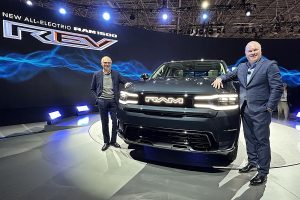
Former Stellantis boss Carlos Tavares was beginning to drop hints some of the carmaker’s 14 brands could face the axe.
Stellantis structural changes
Former CEO Carlos Tavares said he could take as long as a decade to determine what to do with the 14 brands sitting under the Stellantis corporate umbrella. For many observers that seemed odd as Tavares enjoyed a reputation for change — quick change — to bring results. He tore through General Motors’ former Opel unit, making a unit that has been in the red for more than a decade profitable one year after his former company, PSA Group, acquired it from the Detroit automaker.
Following that example, the board empowers Agnelli family scion and current chairman John Elkann to enact changes now — before a new CEO is installed. Look for smaller brands, specifically Maserati, to be on the block as the idea that leaner is meaner acts as the catalyst for change. It’s a shame in the sense that Maserati appears to be turning the corner.
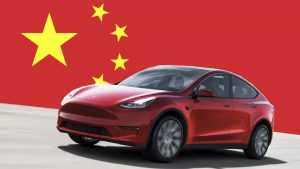
Tesla was one of only two automakers to drop in U.S. sales last year. And it was down globally as it faces increasing challenges in China.
EV sales flatten, but don’t fall
EV sales rose about 10% in 2024, a seemingly nice number until you recall they jumped a whopping 800% between 2019 and 2023. A variety of factors led to the slowdown, including a first-ever year-over-year decline by Tesla. Automakers producing EVs are too financially tied to the success of their battery-powered product plans. Ford, GM, Kia and others have invested billions upon billions into the industry’s next great innovation. The Trump administration eventually killing the federal EV tax credits isn’t going to stop them from trying to push these vehicles to the public.
Fortunately, by the time it happens, the long-awaited cost parity with internal combustion-powered vehicles will be close enough that automakers will lower costs to move their electrified metal, keeping them at about 10% to 12% of new vehicle sales. President Donald Trump will claim credit, saying he’s responsible for lowering EV prices. He may not be entirely wrong.
Carl Malek:
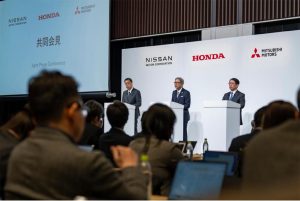
Nissan CEO Makato Uchida, left, with Honda CEO Toshihiro Mibe and Mitsubishi CEO Takao Kato in Tokyo on December 23.
Honda and Nissan merger could start new trend
The merger between Honda and Nissan was born out of necessity with Nissan needing a savior to help rescue it from the brink and both companies needing to partner with another firm for the development of EVs. While this current merger is in the early stages and is being ironed out through a MOU, this merger could be the catalyst for other partnerships and mergers in the broader industry as more automakers realize that they can’t go it alone in vehicle electrification and need to consolidate resources in order to successfully make a dent in the EV wars.
It’s not known what other automakers might bite the bullet and explore a merger but look for them to watch Nissan and Honda’s union very closely before making any moves of their own.
Hybrids to make a bigger splash in 2025
As more automakers come to grips with changing market conditions, some of them are altering their plans for electrification with hybrid and plug-in hybrid vehicles emerging to fill the gap. These vehicles are expected to not only provide a “bridge” for consumers looking to go green on a budget but also provide companies a steady stream of profit, offsetting some of the slack from softening EV demand.
Look for General Motors, Ford, and Honda to put a stronger focus on hybrids and plug-in hybrids — PHEVs now outselling EVs worldwide — with these three companies all poised to try and take a bite out of the sizable market share that Toyota currently possesses. But import brands, from Mercedes-Benz to Hyundai, also plan to ramp up electrification programs.
The return of the sedan?
Go back to the turn of the millennium and sedans ruled the road. Today, they’re almost a market after-thought. You won’t find a single one in the Ford line-up and, with the demise of the Chevrolet Malibu, General Motors is virtually out of the market, as well. You can still find import options but SUVs are now king of the automotive hill.
The new year could see the return of sedans and other passenger vehicles to showrooms, however. As vehicles (mainly utilities and pickups) get bigger and more expensive, more buyers are left out of the mix being unable to afford these vehicles at a time when average transaction prices hover near $50,000. This need and the large gap of consumers being priced out of bigger vehicles could open the door for sedans and other more affordable products to re-emerge in the automotive market. While their presence will not be as strong as they were in the 1980s and 1990s, such product offerings could bring more buyers into showrooms.
Joe Szczesny:
Automakers caught in feud between U.S. and Mexico
Since the North American Free Trade Agreement was approved in a bi-partisan vote in 1993, global automakers from North America, Europe and Asia have poured billions of dollars of investment into new factories across Mexico, taking advantage of that country’s low wages, proximity to key markets like the U.S., and its many free trade agreements with other nations.
But that could face a challenge with the incoming administration of Donald Trump, who is promising to enact tariffs on vehicles and components made in Mexico — and Canada, Trump claims the open trade guaranteed by the USMCA – the updated version of NAFTA negotiated during his first term — have benefited Mexico but not the U.S. Meanwhile, Claudia Sheinbaum, Mexico’s new President, appears eager to polish up her populist credentials with Mexico working class voters by standing up to Trump. Automakers are begging for a peaceful resolution.
Ford pulls out of China
After two decades of growth in China, North American, European, and Asian automakers are facing huge challenges from the People’s Republic of China’s home-grown automakers, who have rapidly gained market share at the expense of their global rivals.
General Motors has already announced it is writing down the value of its vast investment in China by five billion dollars. But GM’s position is healthy when compared to Ford Motor Co., which has continued to lose money in the Chinese market. For now, at least, Ford’s executives insist they have no intention of pulling out of the world’s largest market for new vehicles. But the Detroit automaker has yet to present a feasible plan for holding on to its dwindling share of the Chinese market, making it a good bet the Dearborn-based automaker could pull out of that market in the months ahead as it hunts for ways to cut costs.
Proposed Nissan, Honda merger falls apart
Under pressure from the Japanese government, Honda and Nissan created headlines by announcing they planned to merge – forming a new holding company in 2026. The early line out of both companies has Honda taking the leadership position, with its executives in charge of the merged company. The early predictions, however, ignore Nissan’s internal culture, which has long resisted outside control even when the company’s financial future seemed dire.
One only has to look at how Nissan resisted working more closely with its supposed alliance partner, Renault, over the quarter-century since the French automaker launched a $6 billion bailout. Nissan initially accepted an alien CEO, Carlos Ghosn, but wound up not only ousting the Brazilian-born executive but leveled charges of financial corruption as Ghosn moved to create a full-on Nissan-Renault merger. Facing a potentially lengthy jail sentence, Ghosn wound up fleeing Japan in a box and is now isolated in Lebanon. Will the automaker, however severe its current financial challenges might be, accept handing over control to Honda? There’s little to success that will willingly happen.

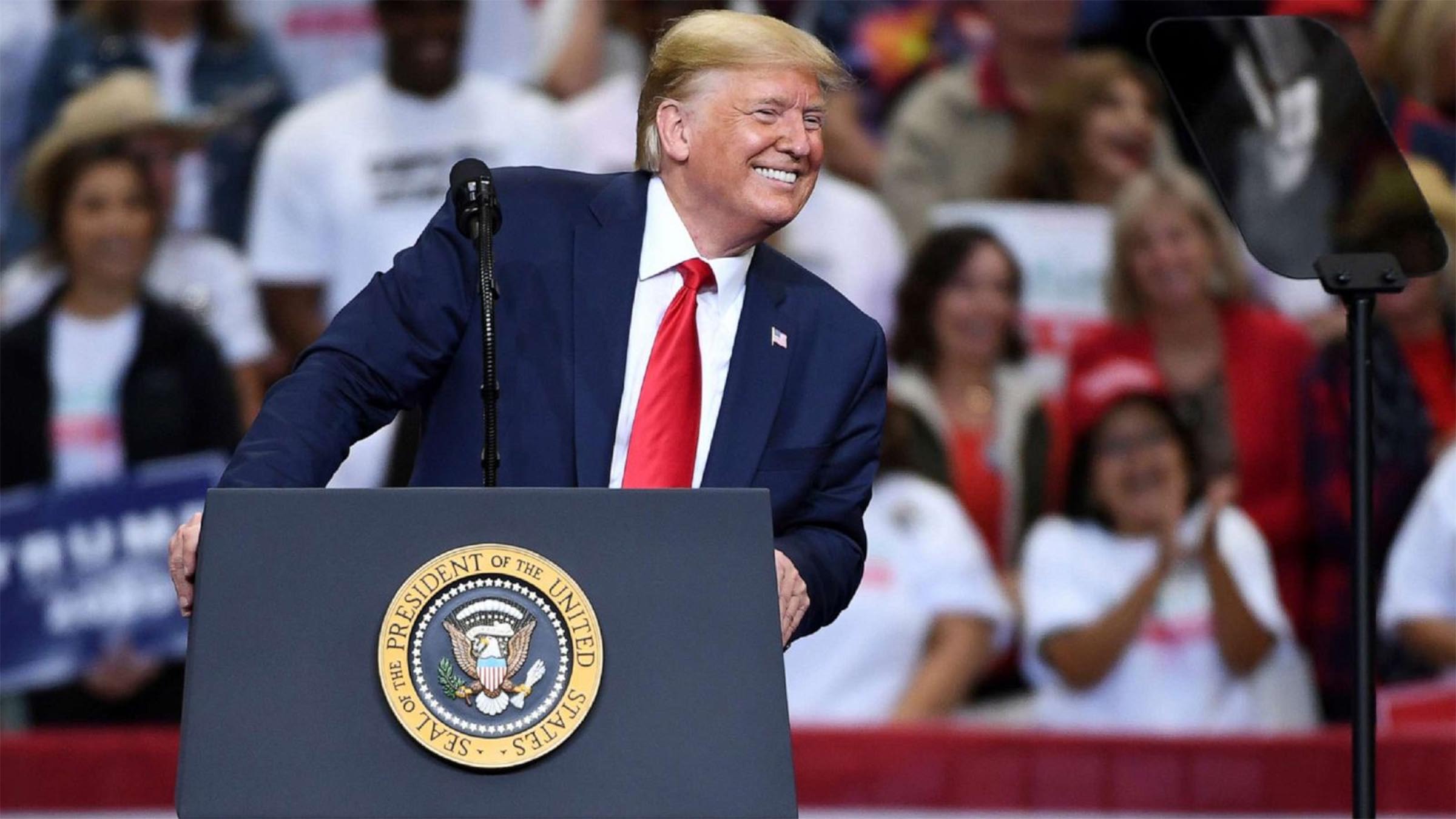
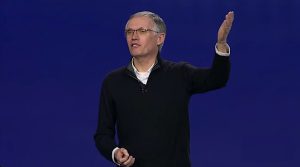

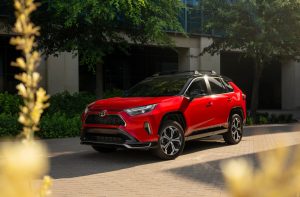

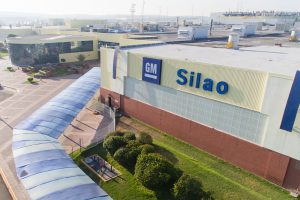
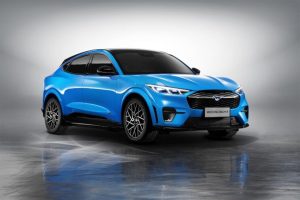



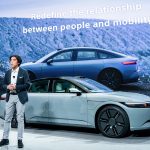
0 Comments